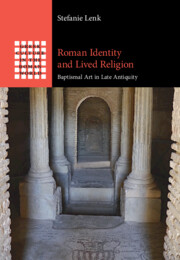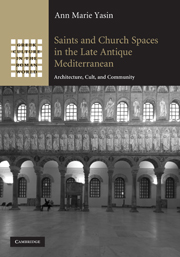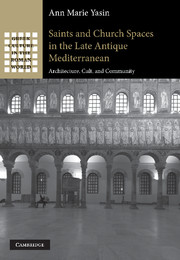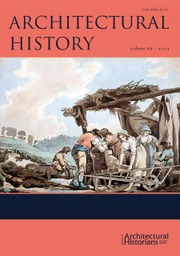Roman Identity and Lived Religion
Christianity is often considered prevalent when it comes to defining the key values of late antique society, whereas 'feeling connected to the Roman past' is commonly regarded as an add-on for cultivated elites. This book demonstrates the significant impact of popular Roman culture on the religious identity of common Christians from the fifth to the seventh century in the Mediterranean world. Baptism is central to the formation of Christian identity. The decoration of baptisteries reveals that traditional Roman culture persisted as an integral component of Christian identity in various communities. In their baptisteries, Christians visually and spatially evoked their links to Roman and, at times, even pagan traditions. A close examination of visual and material sources in North Africa, the Iberian Peninsula, and Italy shows that baptisteries served roles beyond mere conduits to Christian orthodoxy.
- Shows that Christian communities and their baptisteries were less orthodox than we commonly believe
- Demonstrates how art historical methods and a focus on visual and material culture can be usefully employed in the study of late antique Christianity
- Makes manifest that baptisteries were places of Christian identity construction
Product details
April 2025Hardback
9781009408653
280 pages
251 × 176 × 18 mm
0.67kg
72 b/w illus. 31 colour illus. 12 maps
Not yet published - available from March 2025
Table of Contents
- 1. The absence of Christian iconography and the presence of Roman cult and culture in the baptismal complex of Cuicul, Numidia
- 2. The use of non-Christian imagery in baptisteries
- 3. The conversion of a personification – the River Jordan in Ravenna.










